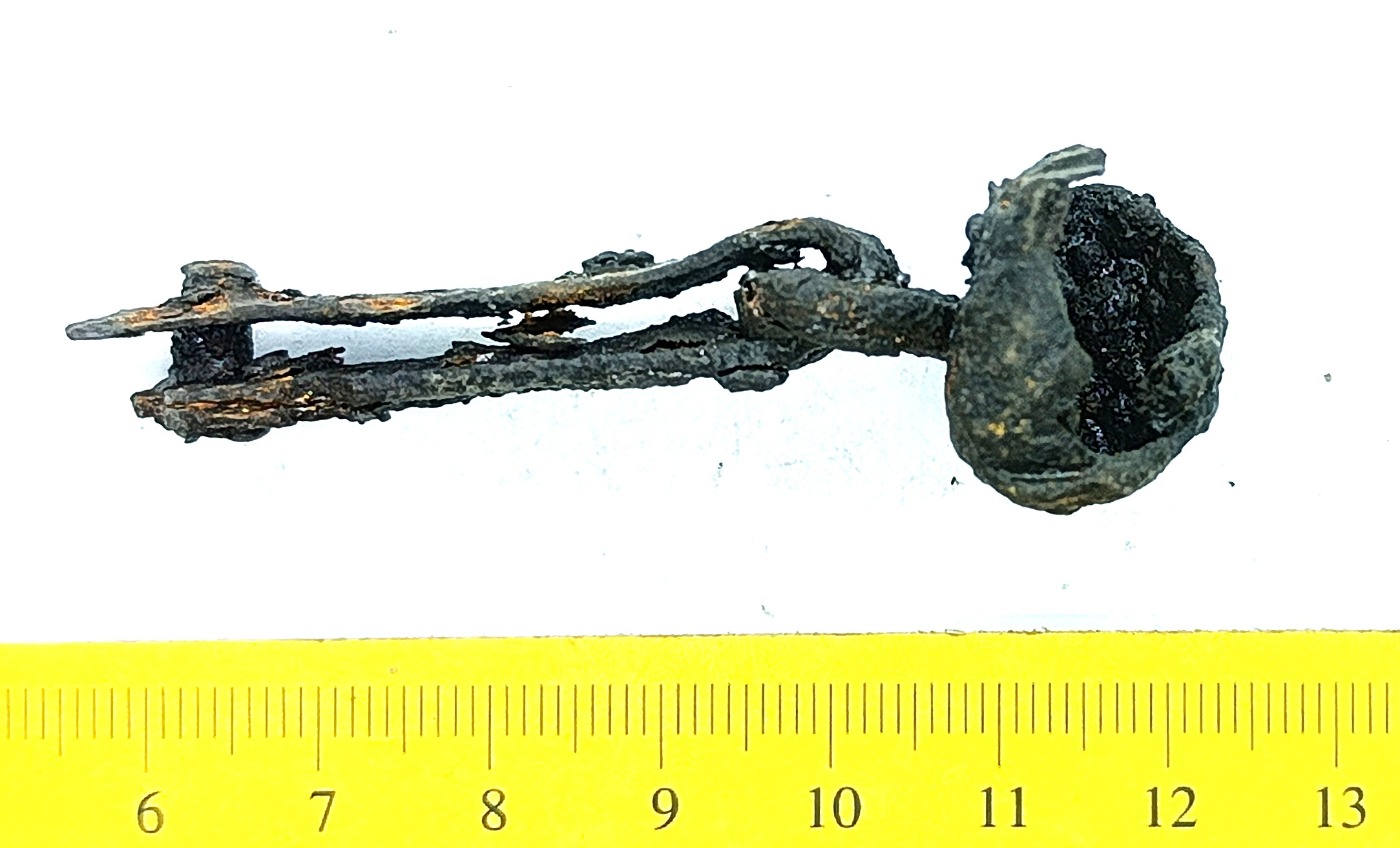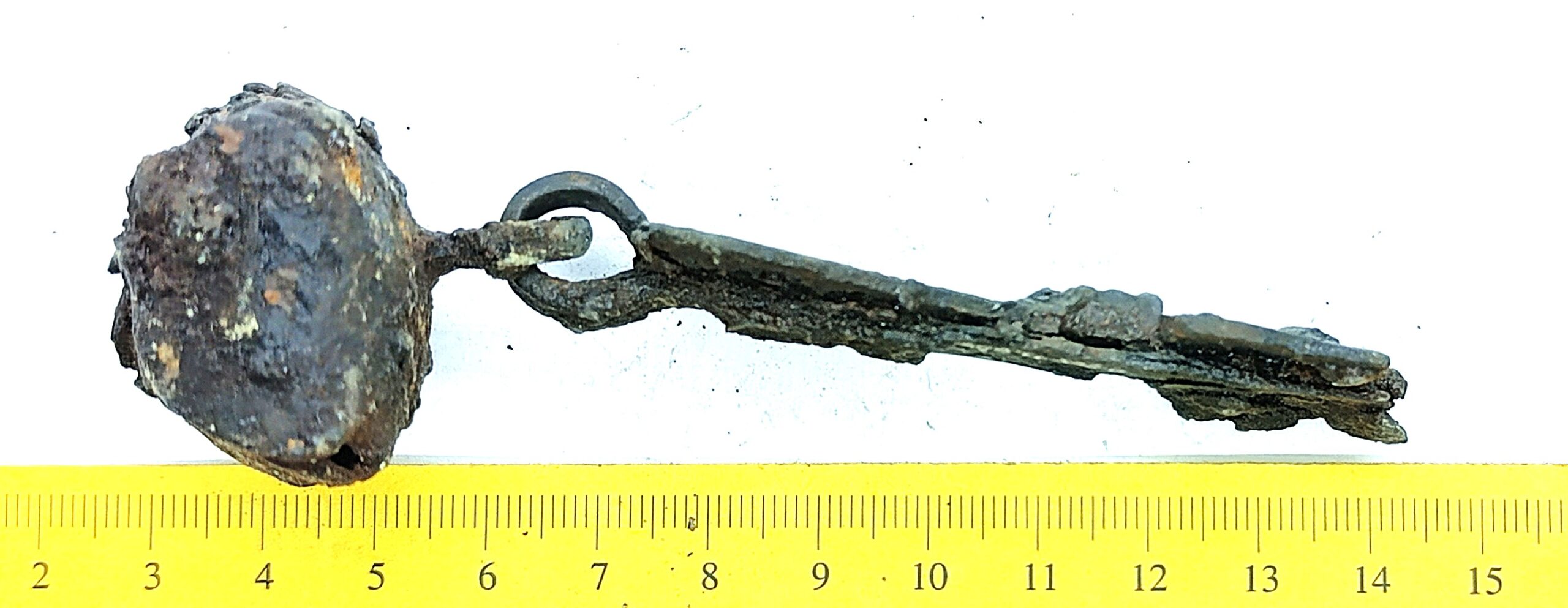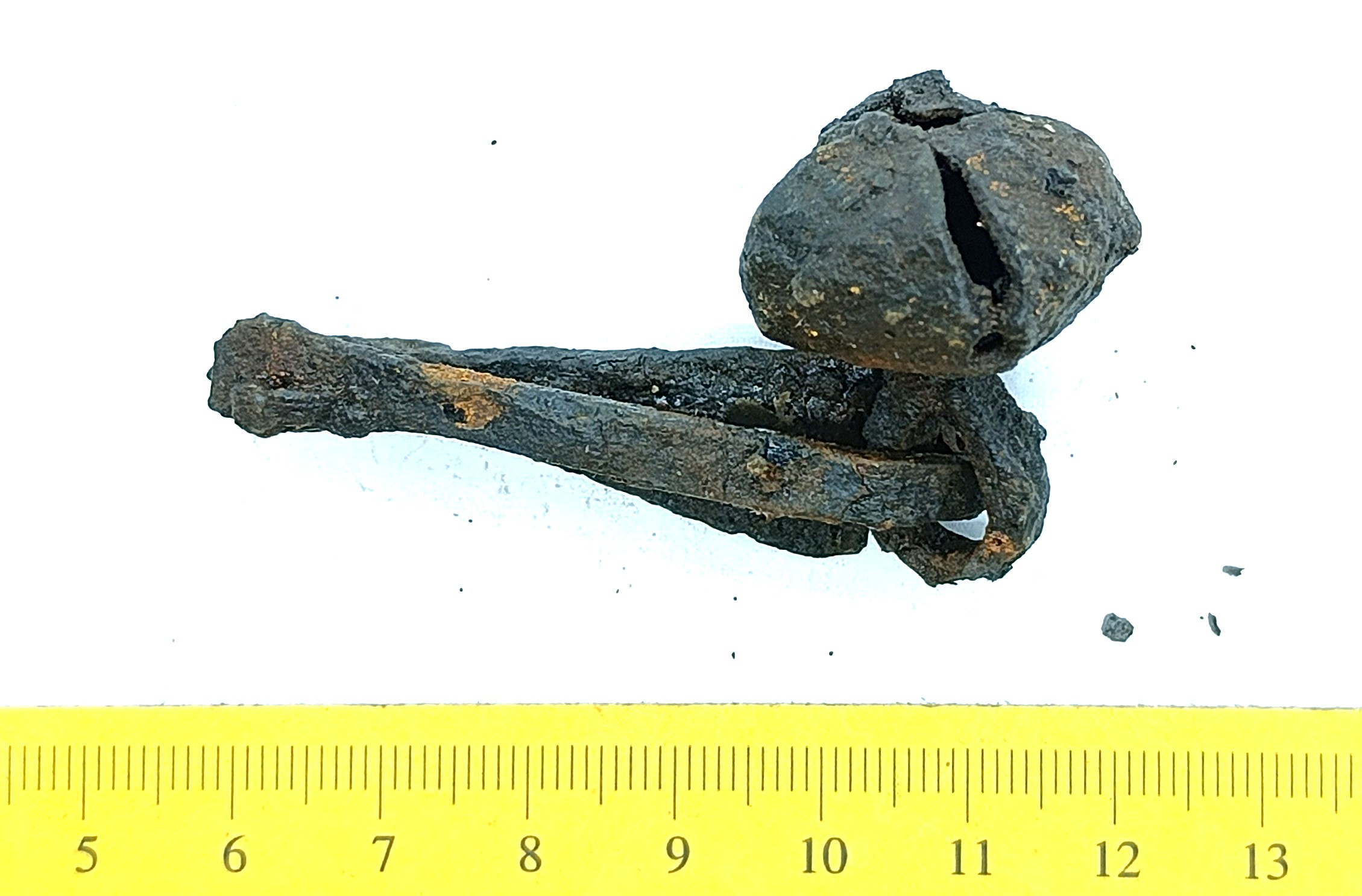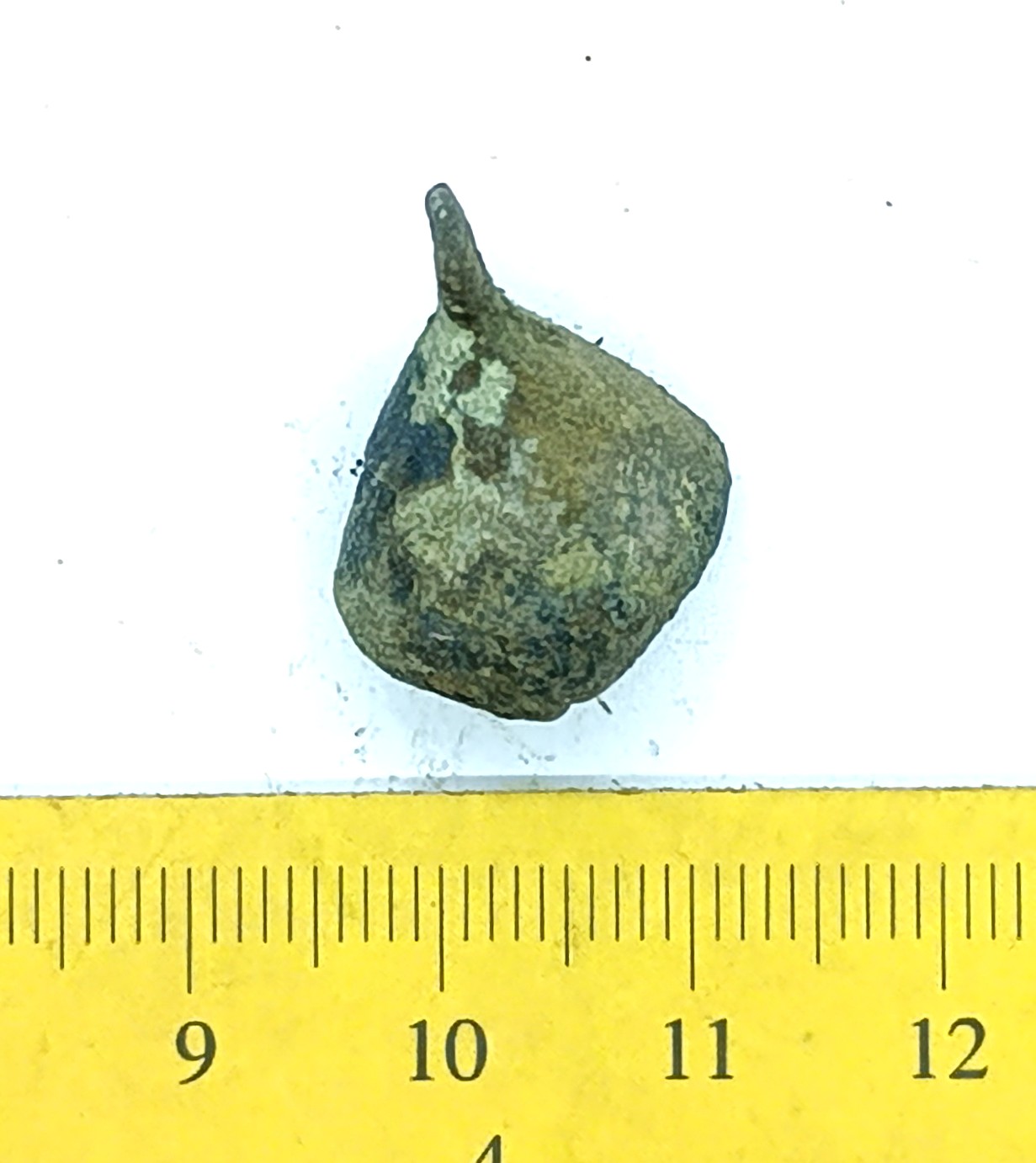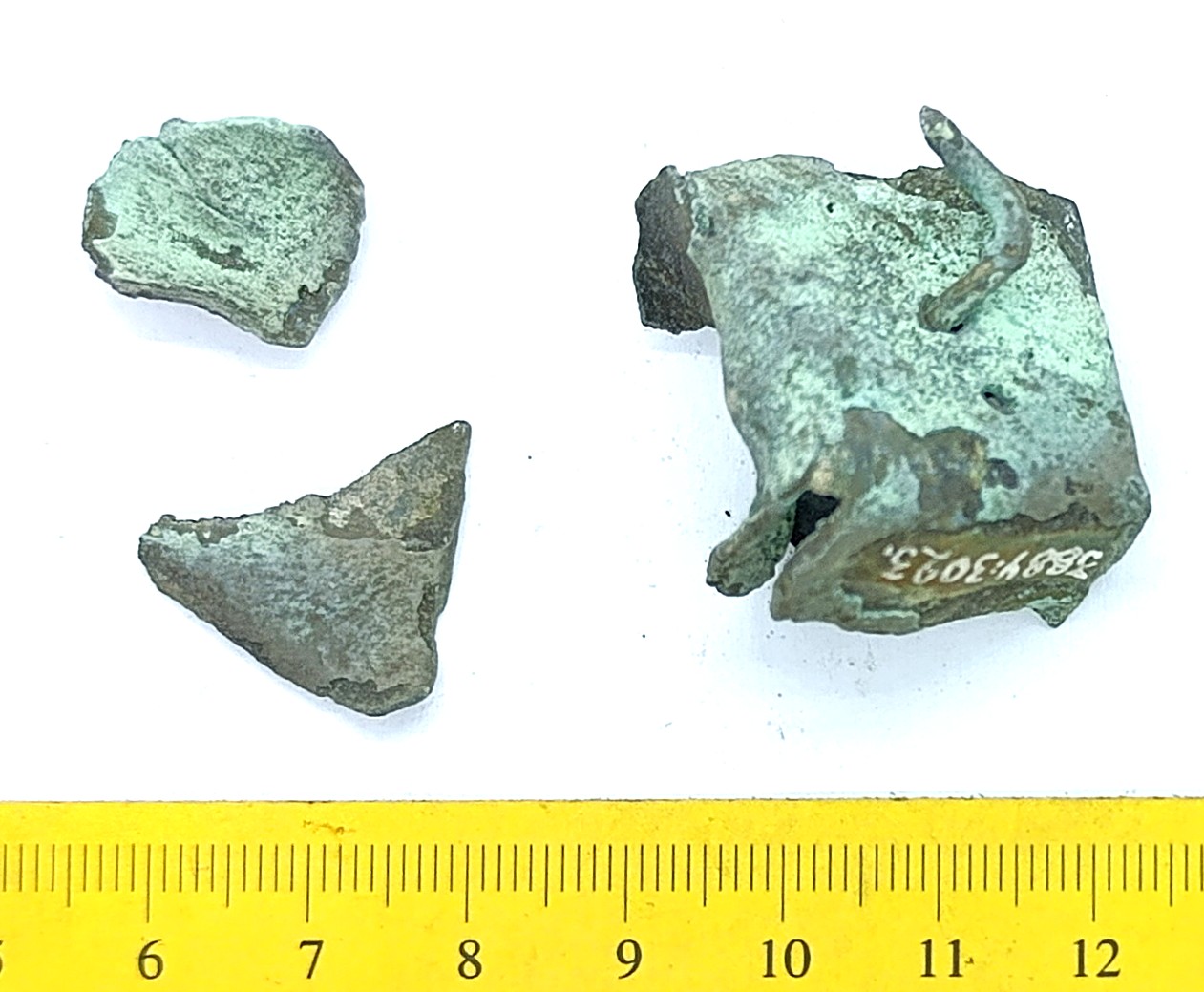Database
Our database is free to use for all history and archaeology enthusiasts. If you use our database, please do not forget to cite correctly:
Mägi, Marika; Palm, Piia Sandra. Archaeological Artefacts of Saaremaa. Foundation Osiliana / Tallinn University. Accessed: date.
The Osiliana Archaeological Database presents artefacts from Saaremaa and the surrounding small islands.
The database contains mainly Iron Age and Medieval finds that can be classified.
Undated metal or other pieces were generally excluded from the database.
Ceramics are represented by isolated examples.
The database is a work in progress and is constantly being updated.
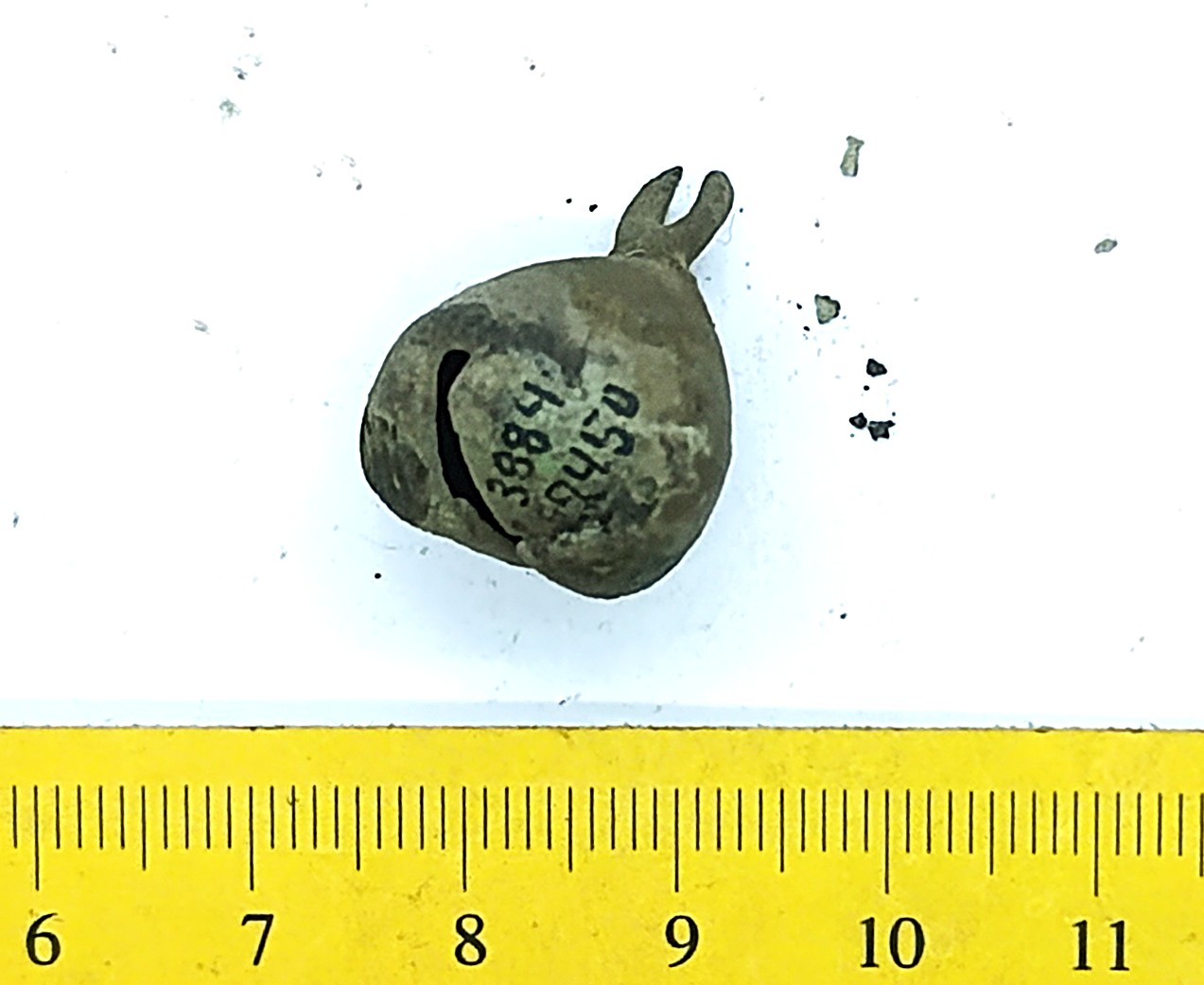
Viltina
Bell, copper alloy.
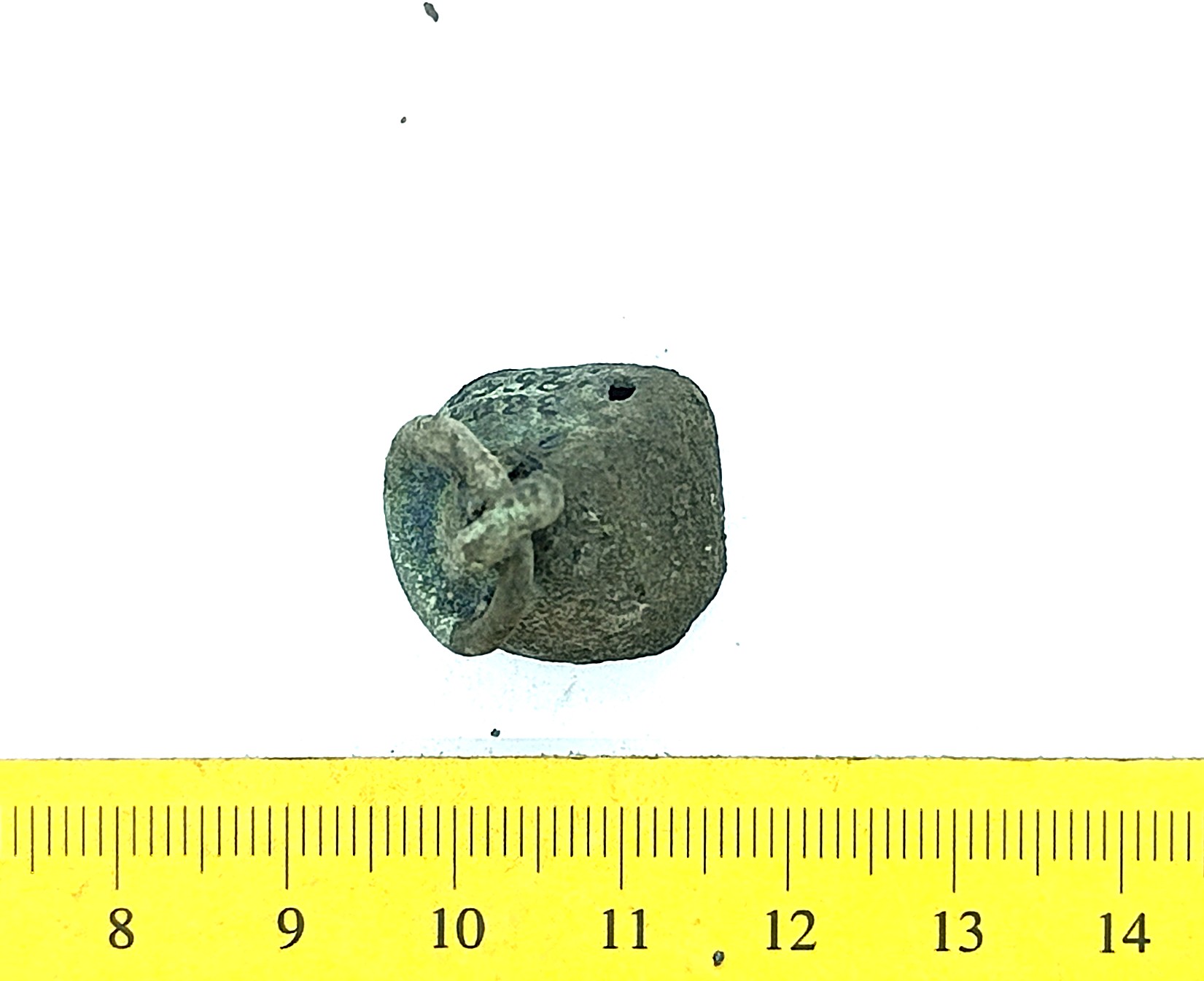
Viltina
Bell, copper alloy.
Bridle bells, copper alloy. These bells were attached to bridles. In Estonia they have been found from stone graves with cremation burials, where they can also date to the early 13th century.
Mägi, M. 2002. At the Crossroads of Space and Time. Graves, Changing Society and Ideology on Saaremaa (Ösel), 9th–13th Centuries AD. (CCC Papers, 6.) Tallinn.
Bridle bells, iron. These iron bells were attached to bridles. In Estonia they have been found from stone graves with cremation burials, where they can also date to the early 13th century.
Mägi, M. 2002. At the Crossroads of Space and Time. Graves, Changing Society and Ideology on Saaremaa (Ösel), 9th–13th Centuries AD. (CCC Papers, 6.) Tallinn.
Bridle bells, copper alloy. These bells were attached to bridles. In Estonia they have been found from stone graves with cremation burials, where they can also date to the early 13th century.
Mägi, M. 2002. At the Crossroads of Space and Time. Graves, Changing Society and Ideology on Saaremaa (Ösel), 9th–13th Centuries AD. (CCC Papers, 6.) Tallinn.
Bridle bells, iron. These iron bells were attached to bridles. In Estonia they have been found from stone graves with cremation burials, where they can also date to the early 13th century.
Mägi, M. 2002. At the Crossroads of Space and Time. Graves, Changing Society and Ideology on Saaremaa (Ösel), 9th–13th Centuries AD. (CCC Papers, 6.) Tallinn.
Bridle bells, iron. These iron bells were attached to bridles. In Estonia they have been found from stone graves with cremation burials, where they can also date to the early 13th century.
Mägi, M. 2002. At the Crossroads of Space and Time. Graves, Changing Society and Ideology on Saaremaa (Ösel), 9th–13th Centuries AD. (CCC Papers, 6.) Tallinn.
Viltina
Pear-shaped bell with four grooved leaves, copper alloy.
Pear-shaped bell with four grooved leaves, copper alloy. Similar bells have often been found in stone graves with cremations, but also, for example, from Siksäla graveyard (Mägi 2002, Pl. 33: 7; Valk et al. 2012, 24, 45-46, 31). The bell belongs to Rainio group 3a or 3b (Rainio 2010, 28).
Mägi, M. 2002. At the Crossroads of Space and Time. Graves, Changing Society and Ideology on Saaremaa (Ösel), 9th–13th Centuries AD. (CCC Papers, 6.) Tallinn.
Spirģis, R. 2008. Bruņrupuču saktas ar krūšu važiņrotām un lībiešu kultūras attīstība Daugavs lejtecē 10.-13. gadsimtā. Rīga: Latvijas Vēstures Institūta Apgāds.
Rainio, R. 2010. Suomen rautakautiset kulkuset, kellot ja kelloriipuksed. Äänismaisenman arkeologiaa. Väitöskirja. Helsinkin yliopisto, Helsinki.
Valk, H., Ratas, J. & Laul, S. 2014. Sikslälä kalme II. Matuste ja leidude kataloog. Tartu Ülikool, Tartu.
Bridle bells, copper alloy. These bells were attached to bridles. In Estonia they have been found from stone graves with cremation burials, where they can also date to the early 13th century.
Mägi, M. 2002. At the Crossroads of Space and Time. Graves, Changing Society and Ideology on Saaremaa (Ösel), 9th–13th Centuries AD. (CCC Papers, 6.) Tallinn.
The negative value refers to time Before Christ.


